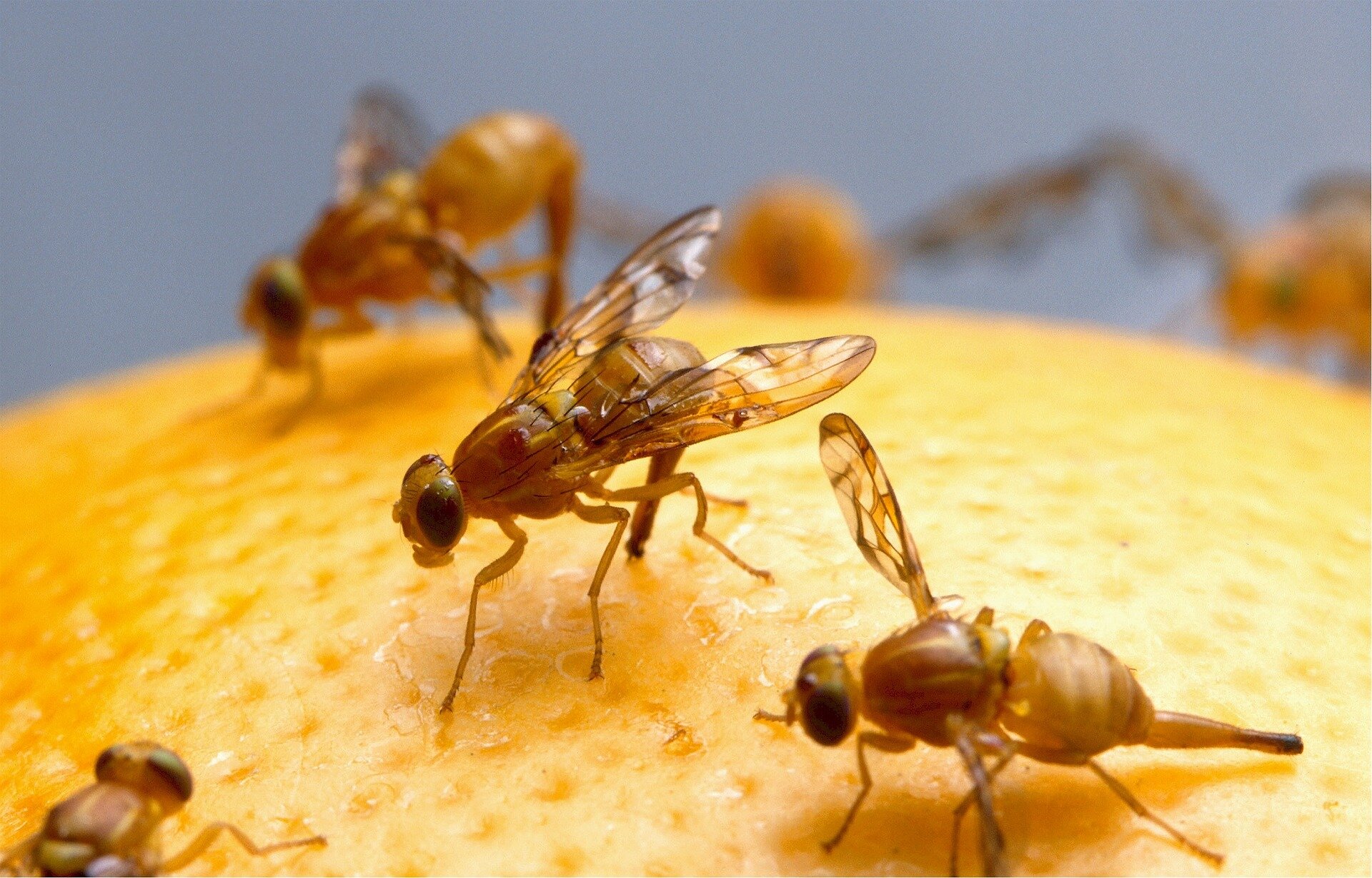- Bagnaia wins Japan MotoGP, cuts Martin’s championship lead to 10 points
- Ryan Serhant: AI will make real estate agents more personable in home buying and selling
- Two elephants die in flash flooding in northern Thailand
- Scientists map fruit fly brain to reveal neural circuit insights
- A 'forgotten' valley in storm-hit North Carolina, desperate for help
What do you believe is the single most important factor driving up the cost of living in Nigeria?

Scientists map fruit fly brain to reveal neural circuit insights
A team of scientists supported by the National Institutes of Health (NIH)'s The BRAIN Initiative, including Davi Bock, Ph.D., Associate Professor of Neurological Sciences at UVM's Robert Larner, M.D. College of Medicine, recently made a substantial advancement in neurobiological research by successfully mapping the entire brain of Drosophila melanogaster, more commonly known as the fruit fly.
The study, titled "Whole-brain annotation and multi-connectome cell typing of Drosophila," published in Nature, established a "consensus cell type atlas," or a comprehensive guide, for understanding the different types of cells in the fruit fly brain. The fruit fly's brain contains around 130,000 neurons (a human's brain contains 86 billion; mice, which often stand-in for humans in scientific research and testing, have 100 million neurons).
The electron microscopy dataset underlying the whole-brain connectome (known as FAFB, or "Full Adult Fly Brain") uses the detailed shapes of every neuron in the fly's brain as well as all the synaptic connections between them to identify and catalog all cell types in the brain.
This complete map will help researchers to identify how different circuits work together to control behaviors like motor control, courtship, decision-making, memory, learning, and navigation.
"If we want to understand how the brain works, we need a mechanistic understanding of how all the neurons fit together and let you think," remarked study co-lead Gregory Jefferis, Ph.D.


- October 5, 2024
Antarctic 'greening' at dramatic rate, satellite data show

- October 5, 2024
Victims of state scandals harmed further by compensation schemes




Subscribe to our mailing list to get the new updates!

Subscribe our newsletter to stay updated
Thank you for subscribing!







